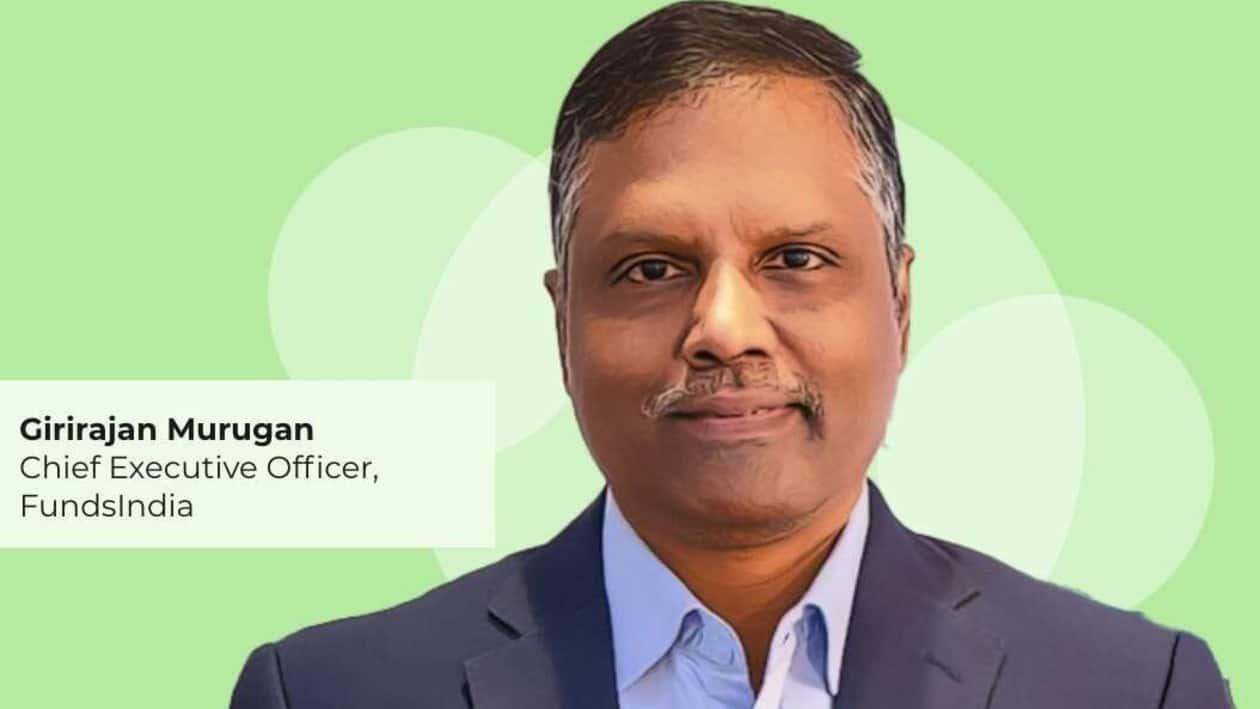Most investors are tempted to time the markets and more often than not exit equities during a market fall and get back in at highs. According to Girirajan Murugan, Chief Executive Officer, FundsIndia, investors must seek advice from a good financial expert who can evaluate their goals, time frame, risk tolerance, returns required, and savings possible and make the right trade-offs to help with the right asset allocation
In an interview with MintGenie, Murugan said that investors must add health insurance and term insurance to their investment bucket.
Edited Excerpts:
Q. New investors are often not sure which mutual funds to invest in. How do you advise them to decide on their choice of funds?
For new investors, it’s best to start simple. You can use a three-bucket approach.
Bucket 1 - Safety Bucket
This bucket will be used for emergency money requirements such as job loss, salary cut, medical emergency, etc. Start a monthly SIP for five per cent of your monthly salary in a good proven liquid fund. Continue this till you have six months of your monthly spending. Once you reach this, shift these monthly SIP investments into the long-term bucket. You can also add health insurance and term insurance to this bucket.
Bucket 2 – Short-term Bucket
This bucket is meant for your short-term money goals (coming up in the next five years and more than your 10-month savings). You can decide on the SIP amount based on your goal amount using any of the online financial goal calculators. If you are not too sure about your short-term goals, start a SIP for another 5-10 per cent of your salary in a good low duration or short-term debt fund.
Bucket 3 – Long-term Bucket
This bucket is meant for your long-term money goals (more than five years). You can invest the remaining part of your monthly savings via SIP into a few good active equity diversified funds or index funds. Overall, this three-bucket approach can be a good place to start.
Q. With so many debt funds in the market now along with rising gold prices, where do you advise investors to park their earnings?
The yields for debt mutual funds have significantly improved over the last year and for most funds in the three-to-five-year duration is around 7.3 to 7.5 per cent. High credit quality debt funds with three-to-five-year duration can be a good option to consider for goals with a time frame of more than three years, as they have higher yields now (which implies much better returns compared to the last three years) and if interest rates stabilize or fall from here you can also end up with slightly higher returns due to mark-to-market gains (in debt funds in addition to the returns from underlying yields, the returns get an additional upside when interest rates go down and vice versa).
Q. Laymen are often not able to identify their financial goals properly. What asset allocation would you advise them for a comfortable future?
You can again keep it simple by using the asset allocation thumb rule of 100. Your equity allocation can be 100 - your age. For example, if you are in your 30s then your equity allocation can be 70 per cent equity and the remaining in fixed income.
As with any thumb rule, this doesn’t take into context your financial situation, risk tolerance, goals, etc., and hence, do consider taking the help of a financial expert. A good financial expert will be able to evaluate your goals, time frame, risk tolerance, returns required, and savings possible and make the right trade-offs to help you with the right asset allocation.
Q. People continue to invest in NPS for tax-saving purposes instead of its retirement benefits. To what extent do you think can NPS investments help investors plan their retirement?
The toughest part of long-term wealth creation is the behavioural challenge of sticking to the plan. Most investors are tempted to time the markets and more often than not exit equities during a market fall and get back in at highs. The NPS solves this via the lock-in clause for 60 years. The low cost of NPS is also a key advantage which can significantly add up to your overall returns over the long term. If you are planning for your retirement, NPS can be a good product to consider in your plan.
